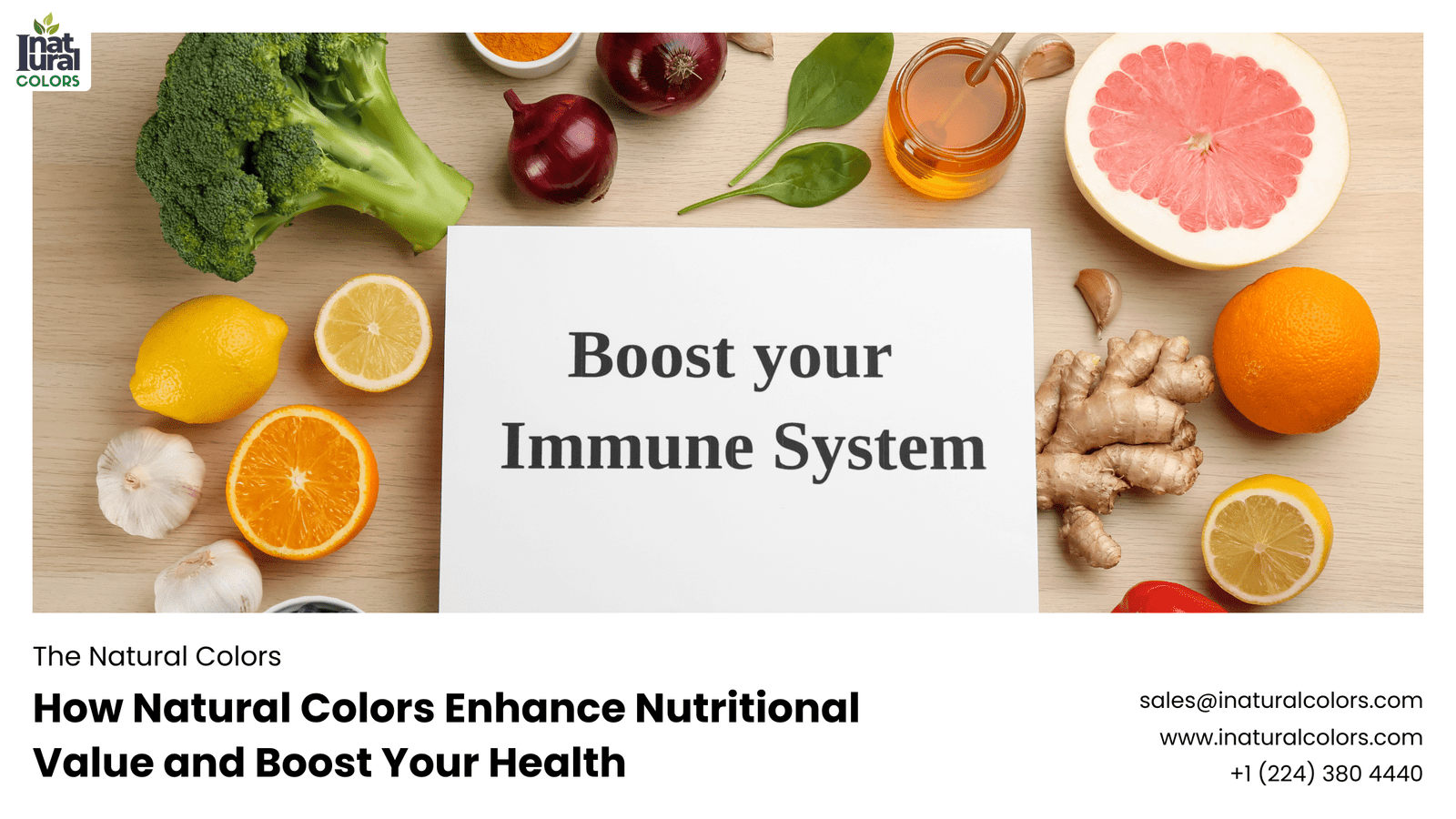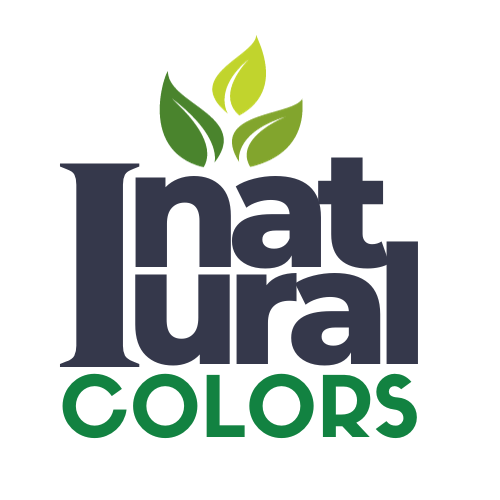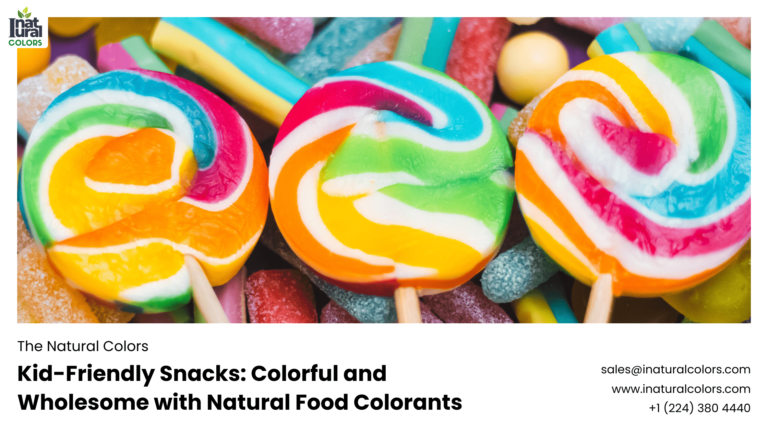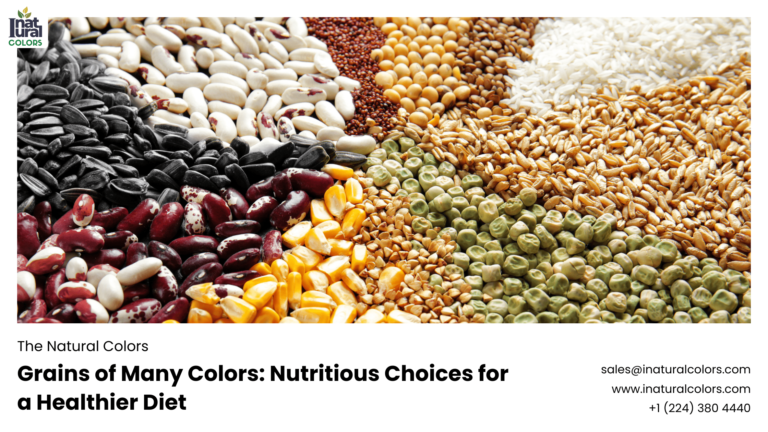Beautiful Plants For Your Interior

How Natural Colors Contribute to Nutritional Value
Natural Colors – Introduction
Ever noticed how the most vibrant foods seem to be the healthiest? There’s a reason behind this. The colors in your fruits and vegetables aren’t just there to make them look appealing—they’re also indicators of their nutritional content. Natural colors in food are often linked to a wealth of nutrients and health benefits. Let’s dive into the fascinating world of natural colors and discover how they contribute to our nutritional value.
What Are Natural Colors?
Natural colors are pigments derived from plant, animal, or mineral sources. Unlike artificial colors created in a lab, natural colors come directly from nature. Think of the deep red of a ripe tomato, the bright orange of a carrot, or the rich green of spinach. These colors come from various pigments, each with unique properties and health benefits.
The Science Behind Natural Colors
Natural colors in food result from pigments that plants and animals produce. These pigments, such as chlorophyll in greens or anthocyanins in berries, have roles that go beyond adding color. They protect plants from UV light, pests, and disease and often have health benefits when consumed by humans.
Natural Colors and Antioxidants
Antioxidants are compounds that help protect your cells from damage caused by free radicals. Many of the natural pigments in colorful foods are potent antioxidants. For example, the lycopene that gives tomatoes their red color is a powerful antioxidant. Eating a variety of colorful foods ensures you’re getting a range of these beneficial compounds.
Benefits of Red Foods
Red foods like tomatoes, watermelon, and strawberries are rich in lycopene. This antioxidant has been linked to a reduced risk of certain cancers, heart disease, and even sunburn. Lycopene is most bioavailable when tomatoes are cooked, so don’t skip the marinara sauce!
Orange and Yellow Foods
The vibrant hues of carrots, pumpkins, and citrus fruits come from beta-carotene, a precursor to vitamin A. This vitamin is crucial for eye health, immune function, and skin health. Beta-carotene also acts as an antioxidant, providing protection against cellular damage.
Green Foods for Health
Green vegetables like spinach, kale, and broccoli owe their color to chlorophyll. Chlorophyll is known for its potential to detoxify the body, support liver function, and improve digestion. These greens are also packed with vitamins, minerals, and fiber, making them essential for a balanced diet.
Blue and Purple Foods
Anthocyanins give foods like blueberries, eggplant, and purple cabbage their deep blue or purple color. These compounds have anti-inflammatory and anti-cancer properties and can support heart health and cognitive function. The darker the berry, the higher its anthocyanin content.
White and Brown Foods
Though not as colorful, white and brown foods like garlic, onions, and whole grains offer significant health benefits. Allicin in garlic has antimicrobial properties, and fiber in whole grains supports digestive health and helps maintain steady blood sugar levels.
The Impact of Cooking on Natural Colors
Cooking can affect the color and nutritional value of foods. For example, boiling vegetables can cause water-soluble vitamins to leach out, while roasting can enhance the bioavailability of certain nutrients like lycopene. To preserve the natural colors and nutrients, consider steaming or lightly sautéing your veggies.
Natural Colors in Beverages
Natural colors aren’t limited to solid foods. Beverages like juices, smoothies, and teas also benefit from the vibrant pigments of their ingredients. For instance, green tea’s catechins have powerful antioxidant properties, and beet juice is known for its ability to improve athletic performance and lower blood pressure.
Supplements and Natural Colors
Many supplements use natural colors to enhance their appeal and indicate the presence of beneficial compounds. While supplements can help fill nutritional gaps, they should not replace whole foods, which provide a complex matrix of nutrients that work synergistically.
Choosing Naturally Colored Foods
When shopping for groceries, aim to fill your cart with a rainbow of naturally colored foods. Read labels to avoid artificial colors and opt for organic produce when possible. Farmers’ markets are excellent places to find fresh, vibrant fruits and vegetables.
Potential Risks and Considerations
While naturally colored foods are generally healthy, it’s essential to be aware of potential allergies and sensitivities. For example, some people might react to anthocyanins in berries or beta-carotene in carrots. Moderation and variety are key to a balanced diet.
Conclusion
Incorporating a variety of naturally colored foods into your diet is a simple and effective way to boost your nutritional intake. These foods are not only visually appealing but also packed with vitamins, minerals, and antioxidants that support overall health. So next time you plan a meal, think about how you can add more color to your plate.
FAQs
Why are natural colors important in our diet?
Natural colors often indicate the presence of essential nutrients and antioxidants that support overall health. They make meals more visually appealing and provide a range of health benefits.
How do natural colors enhance food flavor?
Natural pigments can contribute to the flavor profile of foods. For example, the lycopene in tomatoes adds a rich taste, and the anthocyanins in berries provide a tangy flavor.
Can natural colors be used in food preservation?
Yes, some natural colors have preservative qualities. For instance, anthocyanins have antimicrobial properties that can help preserve the freshness of foods.
Are there any downsides to consuming naturally colored foods?
While naturally colored foods are generally healthy, some people may have allergies or sensitivities to certain pigments. It’s essential to consume a balanced diet and be mindful of any adverse reactions.
How do natural colors compare to synthetic ones in terms of health benefits?
Natural colors are superior to synthetic ones in terms of health benefits. They provide essential nutrients and antioxidants, whereas synthetic colors offer no nutritional value and may pose health risks.



